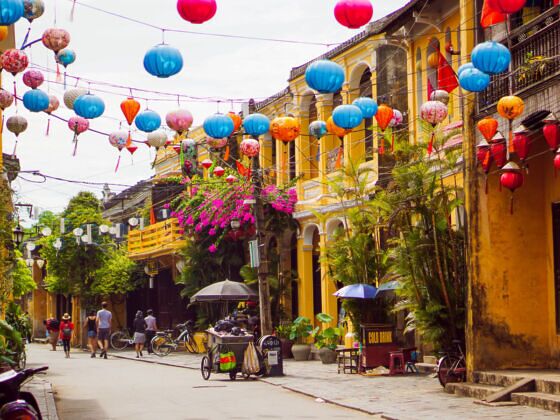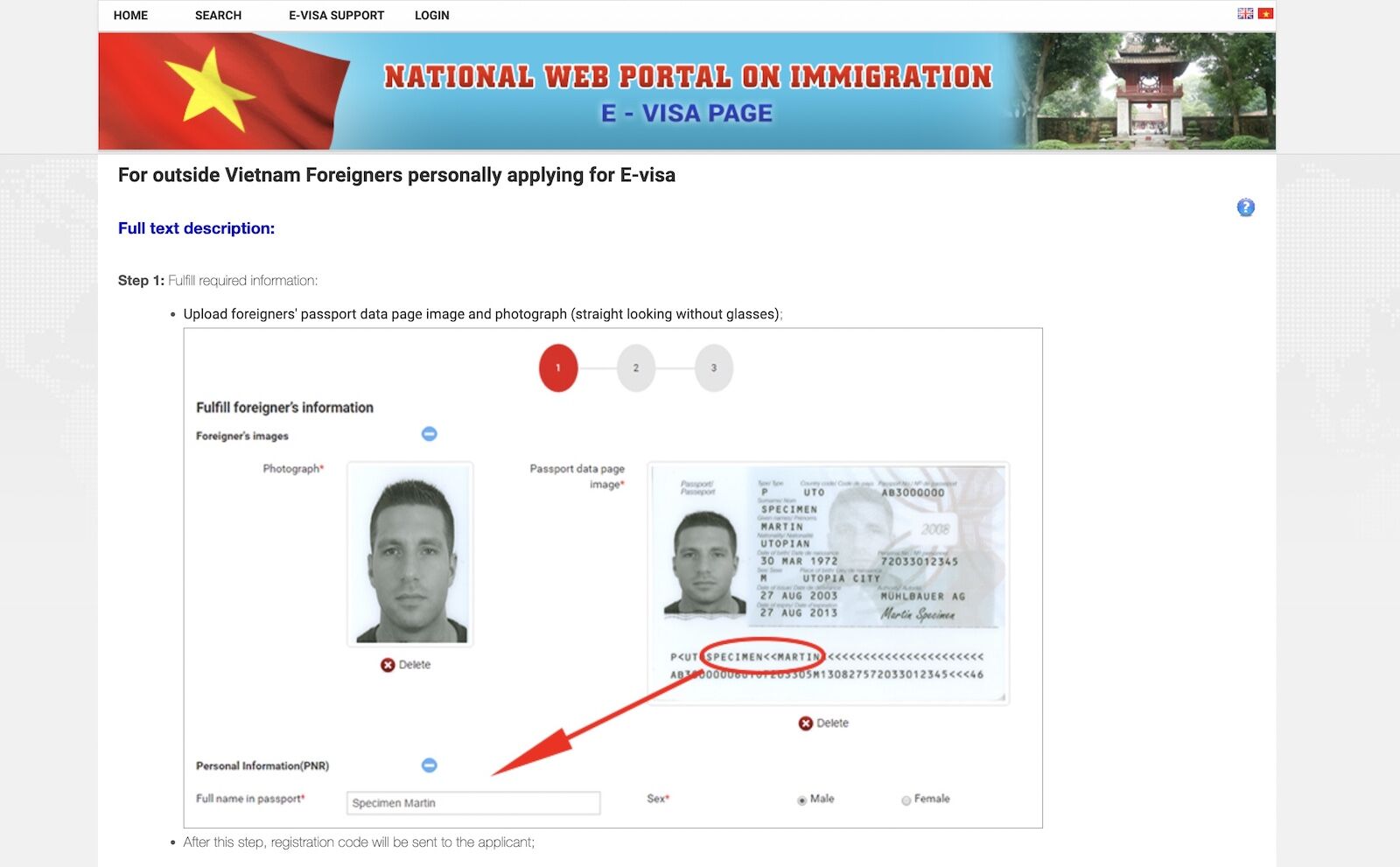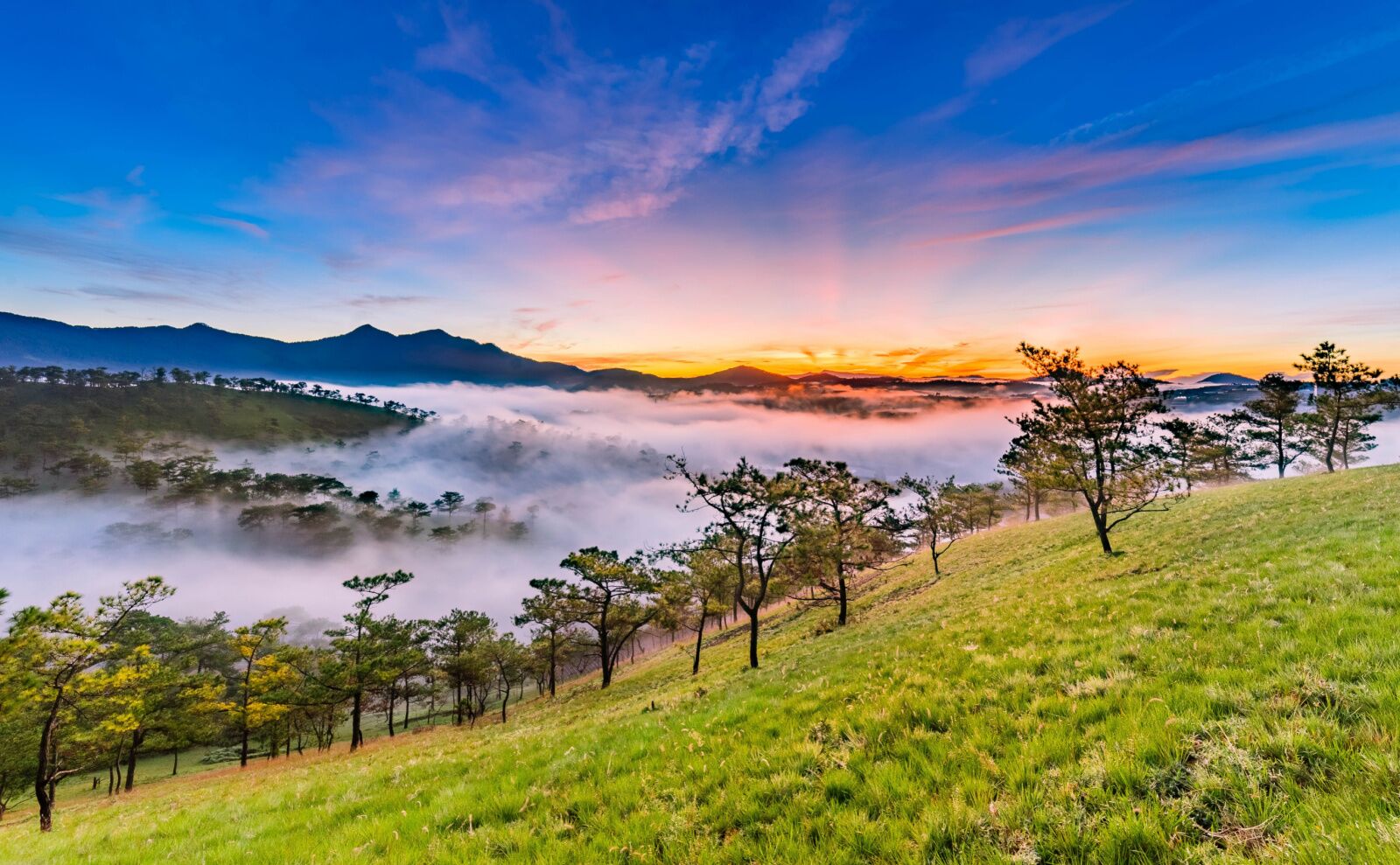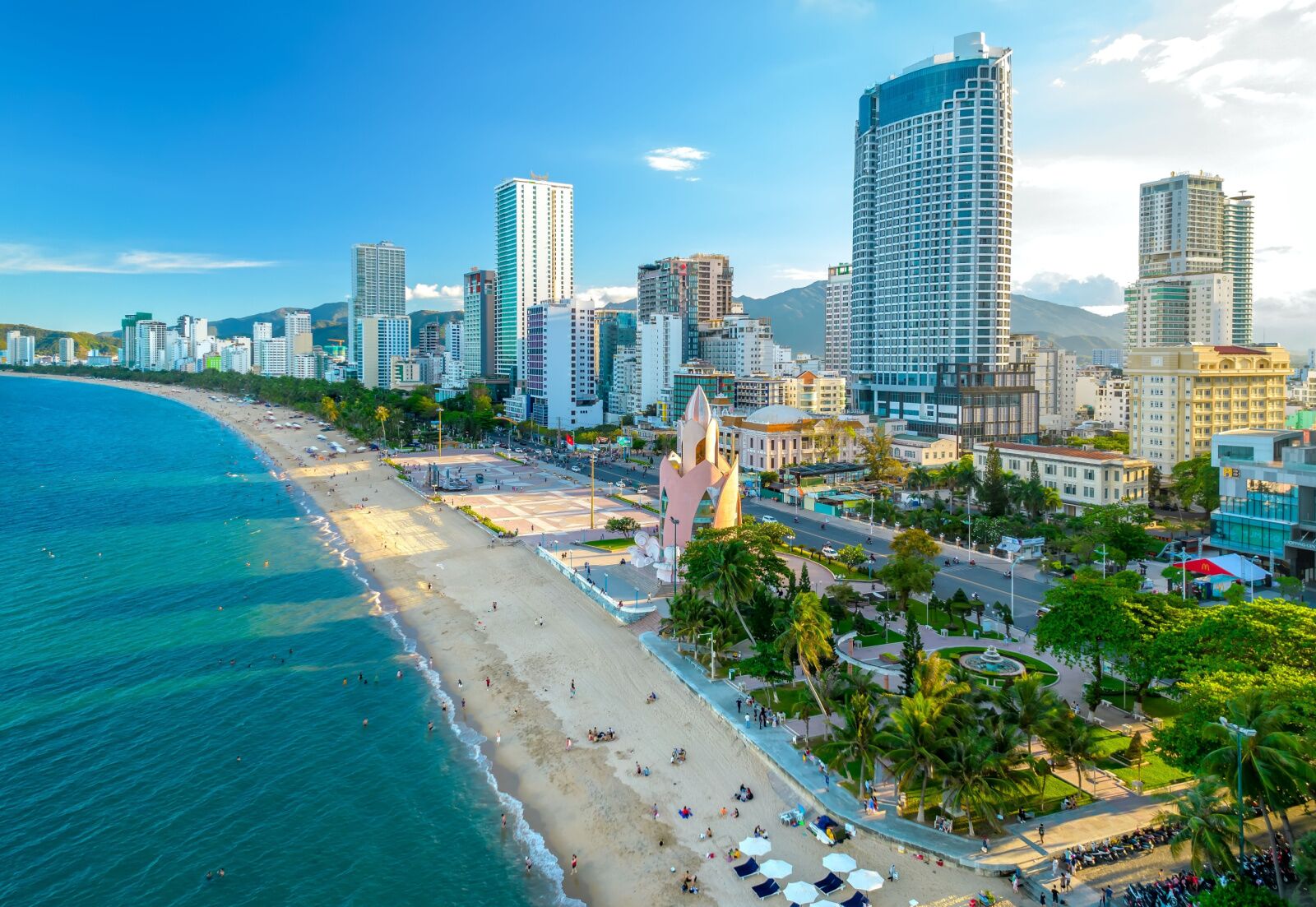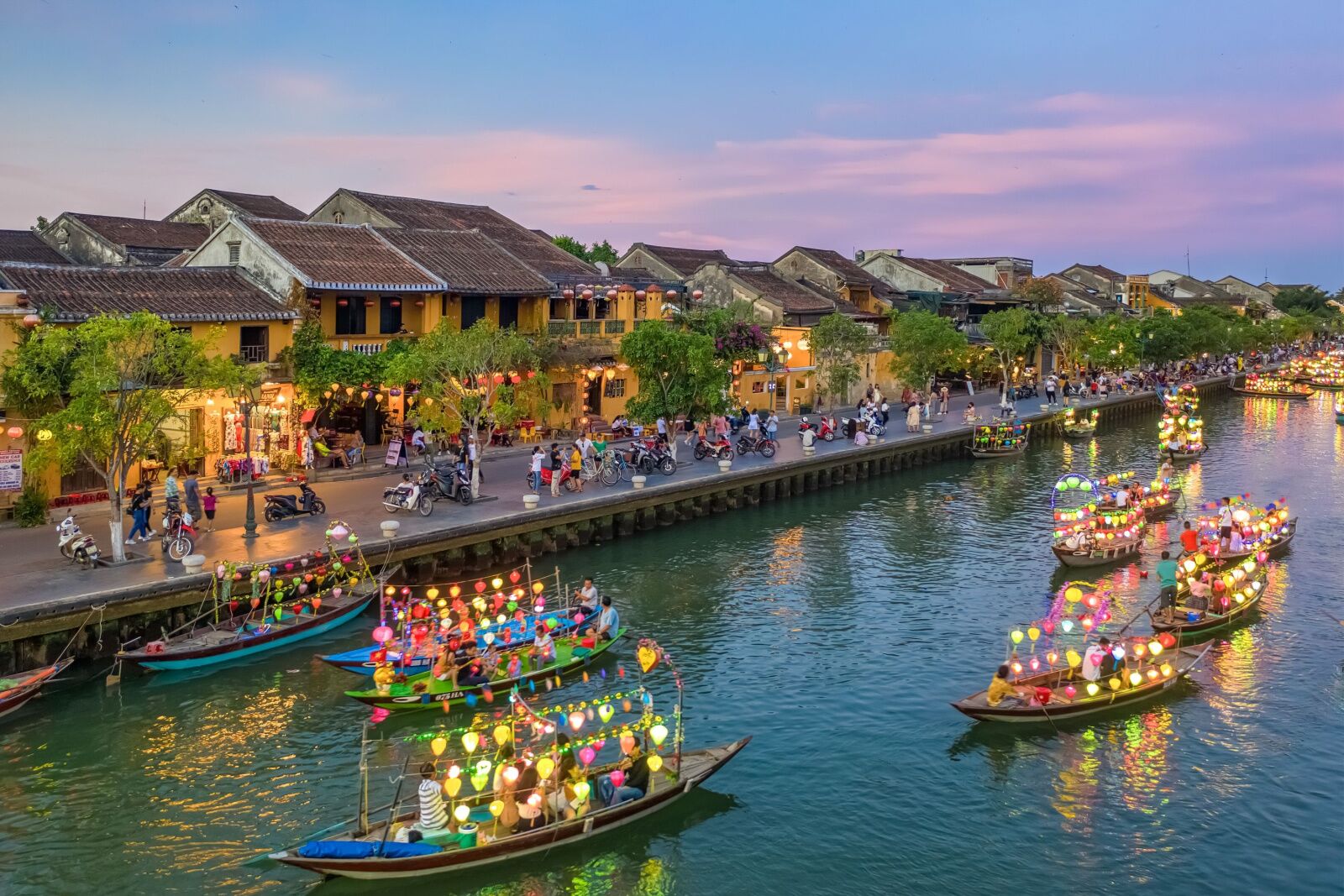Whether you’re daydreaming about navigating the glittering beehive of Ho Chi Minh City, criss-crossing the chaotic streets of Hanoi, or tanning on the beaches of Da Nang, you’ll eventually encounter the question of what documents you’ll need to travel to Vietnam.
For travelers with passport privilege, it could come as a surprise that securing a tourist visa ahead of time is mandatory, as anyone who travels to Vietnam will learn. Until August of 2023, Vietnam’s tourist visa was only valid for 30 days, causing a lot of headaches for those who wanted to live in Vietnam or use it as a base for traveling around Asia.
